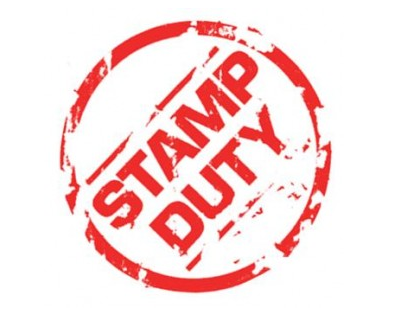Savills said the continued imbalance between demand and supply will underpin further price growth in the short term but said the economic environment and affordability pressures will “substantially moderate” further increases as buyers become more budget-conscious and demand progressively eases.
It has downgraded its forecasts from 2023 to 2026, expected a 1% drop in prices next year, followed by growth at 1.5% in 2024, 2% in 2025 and 2.5% in 2026.
The prime end of the market is expected to outperform the mainstream, Savills said, due to wealthier buyers being less impacted by the current economic conditions and rising interest rates.
Lucian Cook, head of residential research at Savills, said: “A lack of supply and strong buyer demand fuelled by the experience of the pandemic has turbocharged house price growth over the past two years, despite growing economic headwinds.
“This, combined with the rising cost of that borrowing and cost of living pressures, leaves less capacity for further price growth, especially within markets where borrowing is high relative to incomes.
“As a result, we have downgraded our projections for 2023-2026, and as part of this, anticipate modest price falls next year as the heat comes out of the housing market.
“But as things stand, we see nothing that points to a price correction. Affordability will be squeezed at the point of purchase, but interest rates are forecasts to remain low within an historical context and strong employment levels should serve to protect existing home owners.”
Savills said the prospect for price growth could change if interest decisions are different and if the Bank of England follows through on recent proposals to relax stress testing of mortgage affordability.
Cook added: “The removal or relaxation of the stress test could improve the outlook for prices.
“However, additional capacity for growth would be dependent on the precise terms of reform and how far lenders are prepared to push loan to income multiples in a higher interest rate environment.
“If interest rates rise higher than is currently being projected, capacity for price growth could be quickly eroded.
Savills continues to expect value growth to be strongest in the north of England, Wales and the Midlands, with slower growth in London and the south.
Lawrence Bowles, director of residential research at Savills, said: “The gap between the average household and the average purchase price has widened over recent years – most significantly in London and the wider South, where price growth has been highest in the last 15 years and affordability pressure is therefore greatest.
“As prices have risen, the market has become increasingly confined to more affluent households, as those on lower incomes have been priced out of the market.
“This sets a precedent for what might happen more widely. In the north however, prices have not risen as significantly and affordability is not as stretched. Loan to income ratios have remained lower, meaning there is greater capacity for borrowers to take on more debt before an affordability ceiling is reached. Price growth is likely to be stronger as a result.”
It comes as April mortgage lending data from the Bank of England showed approvals for house purchase fell again to 66,000, below the pre-pandemic average of 66,700.
Commenting on the figures, Hina Bhudia, partner at Knight Frank Finance, said: "Activity among purchasers is ebbing as the cost of living squeeze shrinks the pool of buyers.
“Rates on certain products have doubled in the past twelve months and there is a real sense of urgency among many borrowers who sense they must act soon or reassess what they can afford.
"Demand to remortgage remains very strong as borrowers seek to beat rising interest rates.
“Certain lenders allow you to book rates up to nine months in advance, so thousands of borrowers are bringing forward decisions that in normal circumstances would have been put off.
"Lenders are struggling to stay on top of the flow of new applications and are withdrawing and repricing product lines to maintain service levels."





















%20A%20property%20tale%20for%20our%20times.png)








Join the conversation
Be the first to comment (please use the comment box below)
Please login to comment